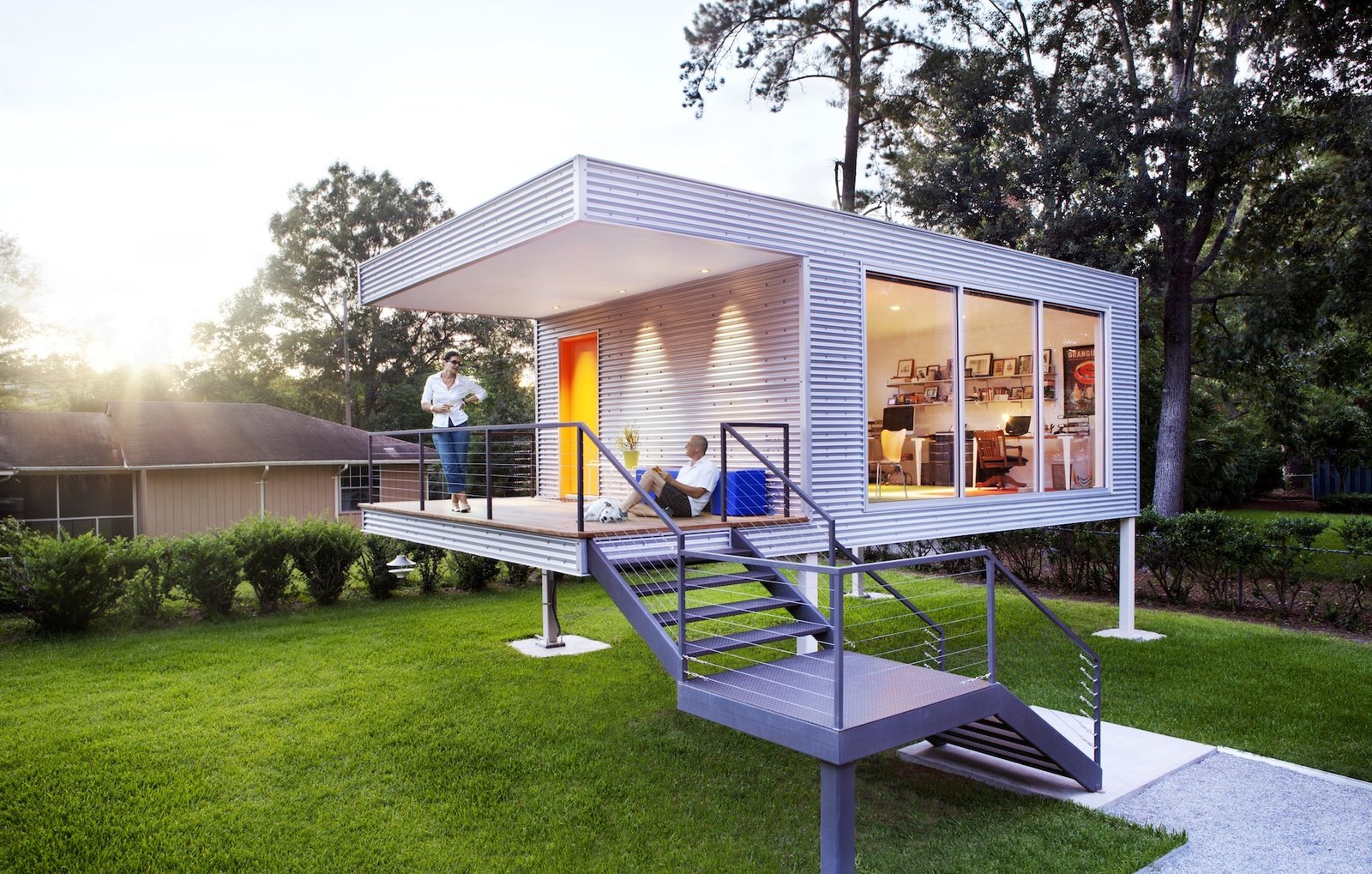1. What Are Prefab Modular Homes?
Prefab modular homes, or prefabricated modular homes, are pre-built structures manufactured in sections or modules off-site, which are then transported and assembled at the final location. Unlike traditional homes that are built from scratch on-site, modular homes are constructed in a factory setting where quality can be controlled more efficiently. This method involves creating sections of the house, including walls, floors, and ceilings, in a controlled environment, which helps ensure that each component is built to high standards. Once the modules are complete, they are transported to the building site and assembled into the final structure. This process not only streamlines construction but also significantly reduces the time it takes to complete a home.
2. Benefits of Prefab Modular Homes
Prefab modular homes offer a multitude of benefits that appeal to modern homeowners. Firstly, they are known for their cost-effectiveness. By streamlining the construction process and utilizing factory-built components, the overall cost of building a home is often lower compared to traditional methods. Additionally, modular homes are constructed with efficiency in mind, which leads to reduced construction time. While traditional homes may take several months or even years to complete, modular homes can often be ready for occupancy in a matter of weeks. This rapid construction timeline can be particularly advantageous for those looking to move into their new home quickly. Furthermore, the controlled factory environment in which modular homes are built allows for better quality control and less exposure to weather-related issues that can impact traditional construction.
3. Design and Customization Options
Modern prefab modular homes offer a wide range of design and customization options, making it easier for homeowners to create a space that fits their personal style and needs. Unlike early models of modular homes, which were often criticized for their lack of aesthetic appeal, today’s modular homes can be customized in terms of layout, materials, and finishes. Homebuyers can choose from various floor plans, exterior styles, and interior finishes, allowing them to tailor their home to their preferences. Additionally, many manufacturers offer options for eco-friendly and energy-efficient features, such as solar panels, high-performance insulation, and energy-efficient windows. This flexibility in design and customization means that modular homes can suit a variety of tastes and requirements, from contemporary designs to traditional styles.
4. The Future of Prefab Modular Homes
The future of prefab modular homes looks promising as the construction industry continues to evolve and embrace innovative technologies. Advances in manufacturing techniques and materials are expected to further enhance the quality, efficiency, and sustainability of modular homes. Additionally, the increasing demand for affordable and eco-friendly housing solutions is likely to drive further growth in this sector. As more people recognize the benefits of modular construction, such as reduced environmental impact and faster build times, prefab homes may become an even more popular choice for new homebuyers. The integration of smart home technology and advancements in building materials will likely play a significant role in shaping the future of prefab modular homes, making them an even more attractive option for those looking to build a modern, efficient, and personalized home.

